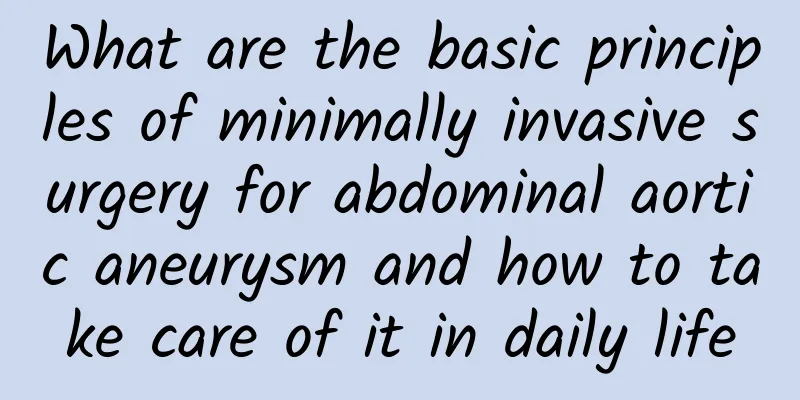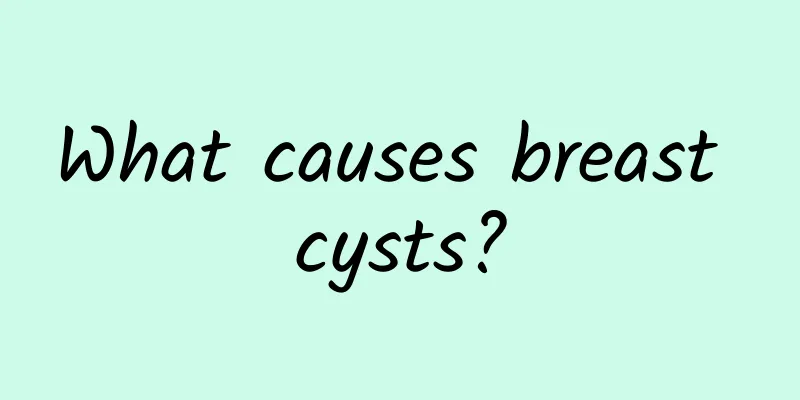Lumbar disc herniation left leg pain

|
The swelling and pain in the left leg caused by lumbar disc herniation may be caused by compression of the nerves. The cause needs to be clarified, including genetics, long-term bad posture or trauma. Relief of swelling and pain can be achieved through medication, physical therapy, surgery and lifestyle adjustments. Severe symptoms require timely medical treatment. 1) Genetic factors The occurrence of lumbar disc herniation may be related to genetics. Some people may be born with a weaker intervertebral disc structure and are more prone to degeneration. If a family member suffers from a similar disease, you need to pay more attention to the health of the lumbar spine, avoid excessive fatigue, and improve your awareness of prevention. 2) External factors (influence of environment and living habits) Long-term improper sitting posture, lifting heavy objects, lack of exercise, etc. will accelerate the degeneration of intervertebral discs. People who sit for a long time, manual laborers and weight training enthusiasts are at high risk. Being overweight also increases the pressure on the lumbar spine. It is recommended to do more appropriate stretching exercises every day to maintain a good posture, especially when sitting for a long time, you can stand up and move every 30 minutes. 3) Personal factors (degenerative diseases) As we age, the water content of the intervertebral disc gradually decreases, becoming fragile and more likely to bulge or even rupture during daily activities. People over 40 should pay special attention to waist health care. They can enhance the stability and support of the lumbar spine through moderate waist and back muscle exercises such as small swallow flying and plank support. 4) Trauma or overwork Lumbar disc herniation may also occur under gravity impact or excessive load, such as suddenly lifting heavy objects or accidentally falling, which will accelerate the disease. In the acute stage, it is recommended to relieve symptoms by resting and temporarily reducing the load on the waist, and wear a waist protector when necessary. Mitigation methods 1. Drug treatment: Common drugs include ibuprofen, celecoxib and other non-steroidal anti-inflammatory drugs, which can relieve inflammation and pain caused by nerve compression. You need to take them according to the doctor's advice and pay attention to side effects. 2. Physical therapy: such as physical therapy device stimulation, electrotherapy, acupuncture, etc., can effectively improve blood circulation and relieve pain. It is recommended to go to the rehabilitation department of a regular hospital to design a suitable physical therapy plan. 3. Surgical treatment: If conservative treatment is ineffective or the nerves are severely compressed, minimally invasive perforaminal endoscopic lumbar discectomy or laminectomy and decompression surgery can be used to resolve the lesion. This should be decided by the doctor after a systematic evaluation. Lifestyle Adjustments -In terms of diet, it is recommended to supplement with calcium-rich foods such as milk, soy products and nuts, and appropriate supplementation of vitamin D is helpful for bone health. -Try to avoid sitting for long periods of time. Doing 40 minutes to 1 hour of aerobic exercise every day, such as walking and swimming, can help reduce the burden on the lumbar spine. The swelling and pain in the left leg may indicate that the degree of nerve compression is getting worse, which may cause difficulty walking or other neurological problems in severe cases. If conservative treatment cannot relieve the symptoms, you need to go to the hospital as soon as possible to complete imaging examinations, such as MRI or CT, to determine the cause and formulate a treatment plan. At the same time, through long-term good living habits, it is hoped that the recurrence of symptoms will be slowed down. |
<<: Can men with breast hyperplasia eat peanuts?
>>: How many months of pregnancy can congenital heart disease be detected?
Recommend
How harmful is osteoporosis in women?
Osteoporosis has a serious impact on women's ...
What to do if a pregnant woman has a coccyx fracture
Coccyx fracture in pregnant women is a relatively...
How to improve the symptoms of perianal subcutaneous abscess
Perianal subcutaneous abscesses need to be treate...
The cure rate of anca nephritis
The cure rate of ANCA nephritis varies depending ...
What are the symptoms of intestinal obstruction in newborns?
Symptoms of neonatal intestinal obstruction inclu...
Hypertensive aneurysm survival rate
The survival rate of hypertensive aneurysms is cl...
What are the diagnostic methods for gallstones?
The diagnosis of gallstones usually requires prof...
How high is the pillow?
Choosing a pillow of the right height is crucial ...
What are some natural treatments for gallstones?
There are many natural treatments for gallstones,...
Vegetables that can be eaten for breast cysts
Patients with breast cysts can choose some fiber-...
Can skin grafting be used for large-area burns on the arm?
Generally speaking, skin transplantation is mainl...
How to treat thumb tenosynovitis
Thumb tenosynovitis may sound unfamiliar to you, ...
Early symptoms of hip synovitis
The early symptoms of hip synovitis are mainly hi...
What should I pay attention to in my diet for breast cysts?
In terms of diet for breast cysts, try to eat a l...
What causes ventricular septal defect in newborns?
Ventricular septal defect in newborns is a congen...









